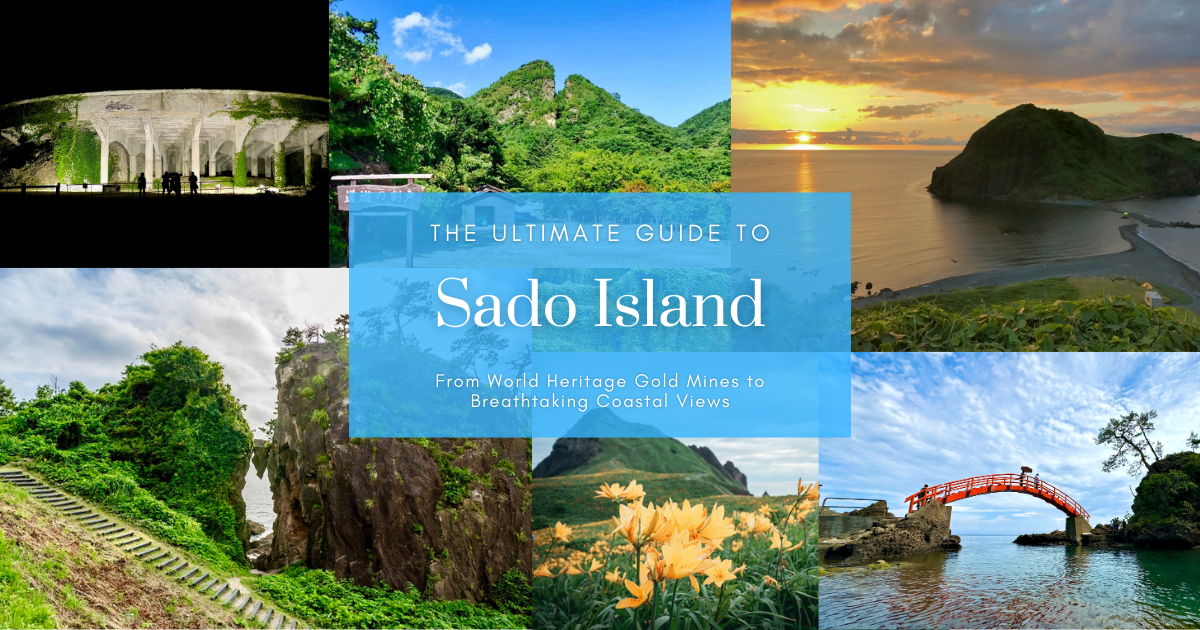Sado Island: Features, Popular Tourist Attractions, Gourmet
Sado Island, Japan’s second-largest remote island floating in the Sea of Japan off Niigata Prefecture, is a captivating tourist destination where rich natural beauty and historical culture coexist. Visitors are enchanted by numerous historical landscapes, including the Sado Gold Mine, which flourished as Japan’s largest gold mine during the Edo period, and the rice terraces recognized as a Globally Important Agricultural Heritage System.
The coastline of Sado features diverse landscapes, including the dramatic cliffs of Senkaku Bay and Ryotsu Bay, which can be explored through sea kayaking and sightseeing boats. Known for its successful reintroduction of the Japanese crested ibis, Sado offers a rare opportunity to observe both beautiful satoyama landscapes and endangered birds in their natural habitat.
In terms of cuisine, seafood dishes made with fresh catches from Sado’s waters are particularly popular. Local specialties like Sado yellowtail, tuna, and naturally caught winter yellowtail are renowned delicacies that impress even the most discerning food enthusiasts. Additionally, the island takes pride in its special products, including the delicious Sado-grown Koshihikari rice and the sake made from it.
The island is also famous as a treasury of traditional performing arts, with Sado Okesa dance and Noh theater being carefully preserved to this day. The island is home to numerous Noh stages, allowing visitors to experience the living breath of traditional Japanese culture up close.
Access is available from Niigata Port, taking approximately 2.5 hours by ferry or 1 hour by high-speed boat. Sado Island warmly welcomes tourists throughout the year, showcasing different seasonal attractions: cherry blossoms in spring, beach activities in summer, autumn foliage, and dramatic winter waves.













![Taking the Last Ferry to Sado Island: Essential Guide for Night Crossing [Complete Guide & Tips]](https://cdn.japan-travel-note.com/images/00450/thumbnail-en.png)




